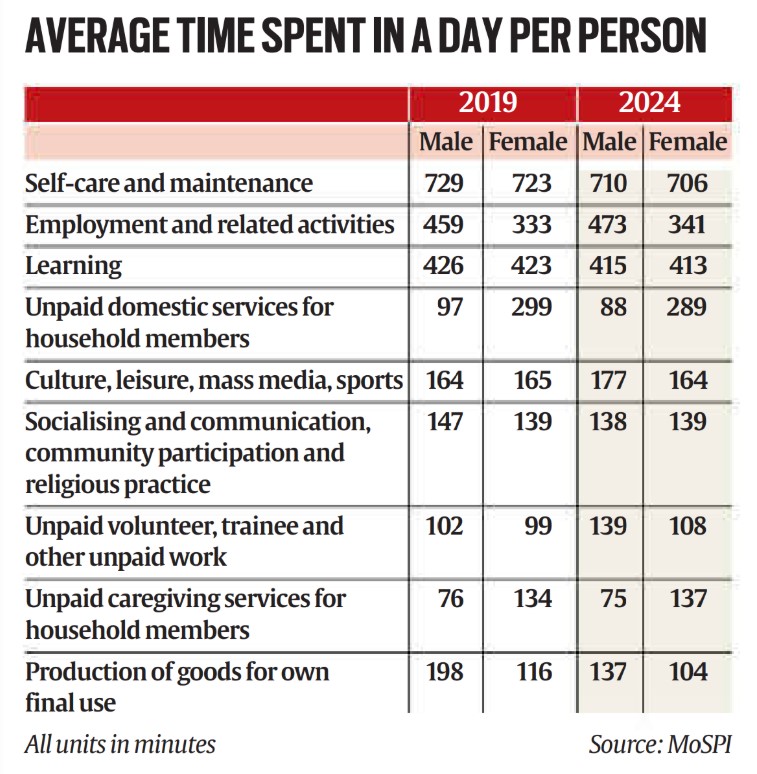7667766266
enquiry@shankarias.in
Mains: GS I – Role of Women and Women’s Organization
Under the present regime, when a myriad socio-economic and political challenges confront the people of India, developments in the “domestic sphere” are often deprioritized in agendas of resistance.
B.R. Ambedkar has been instrumental in the demolition of Hindu ideology by his proposals in the Hindu Reform Bills.
The bill was about granting women the right to divorce and abolishing caste as a requirement for a valid marriage.

The work that is considered to be a natural task for women in the domestic sphere gets translated into low-wage work in care services in the public sphere.
|
Time Use Survey (TUS) |
|
1. The Hindu| The Domestic Sphere in a New India